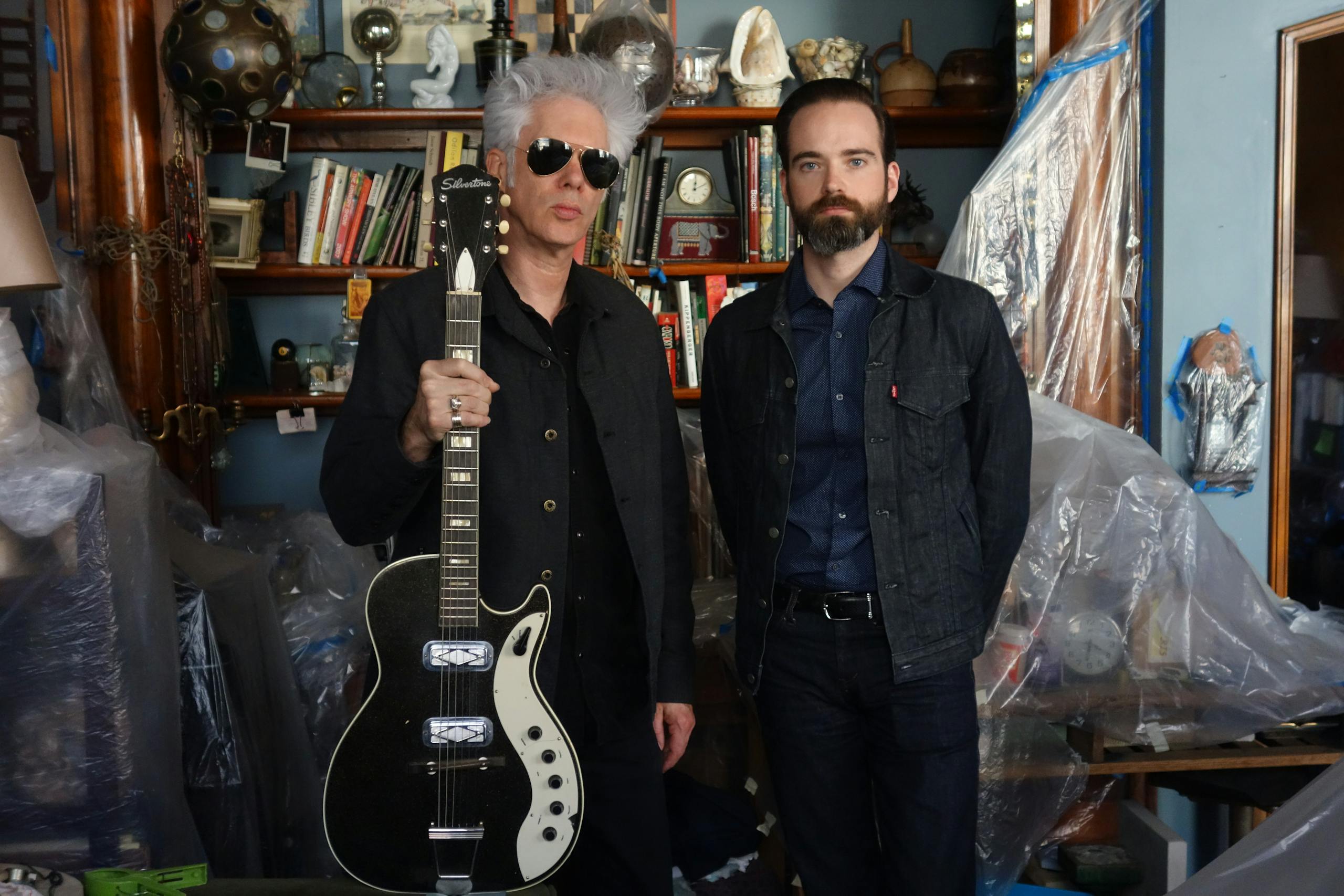
Jim Jarmusch live
SQÜRL
February 1 2023, 8.00pm
SOLD OUT
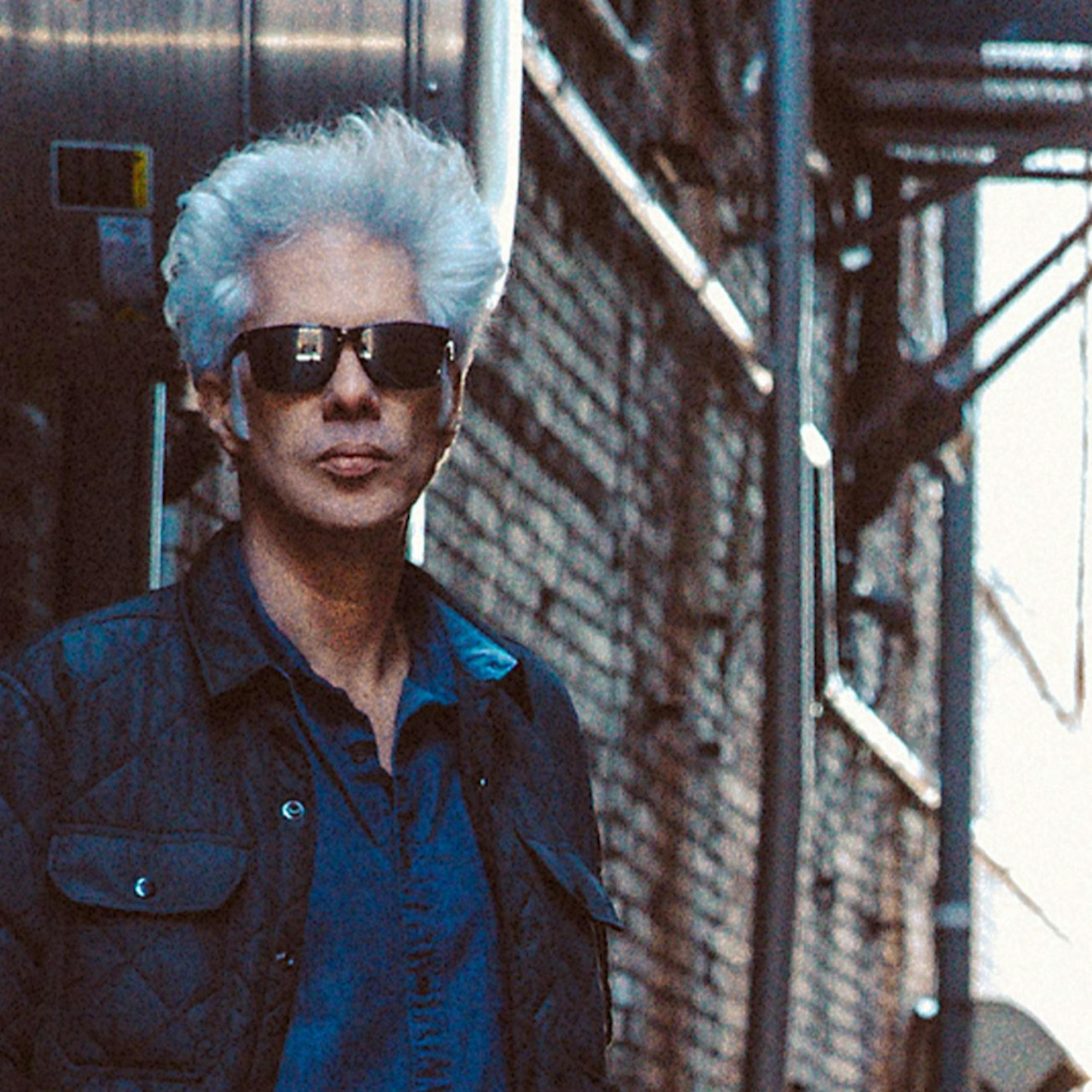
Jim Jarmusch
Jim Jarmusch, one of the most award-winning contemporary filmmakers, interweaves film and music. We share with you his art and a playlist of tracks from his films.
So many factors combine to produce the coolness associated with the figure of Jim Jarmusch: his unconventional films, his rebellious hair, his collaborations with artists from all over the world, his friendships with some of the most prominent actors in Hollywood. And then there is the music, which is an integral part of all of his films and sees him involved first-hand, as a musician. There seems to be a natural tie connecting musical notes and film frames: on the one hand, something he considers to be the purest form of expression, and, on the other, the cinematographic art, which, like music, transports us into another dimension, where time is determined by parameters defined by another world, inhabited by characters we could never meet anywhere else, on days never experienced, in places never seen.
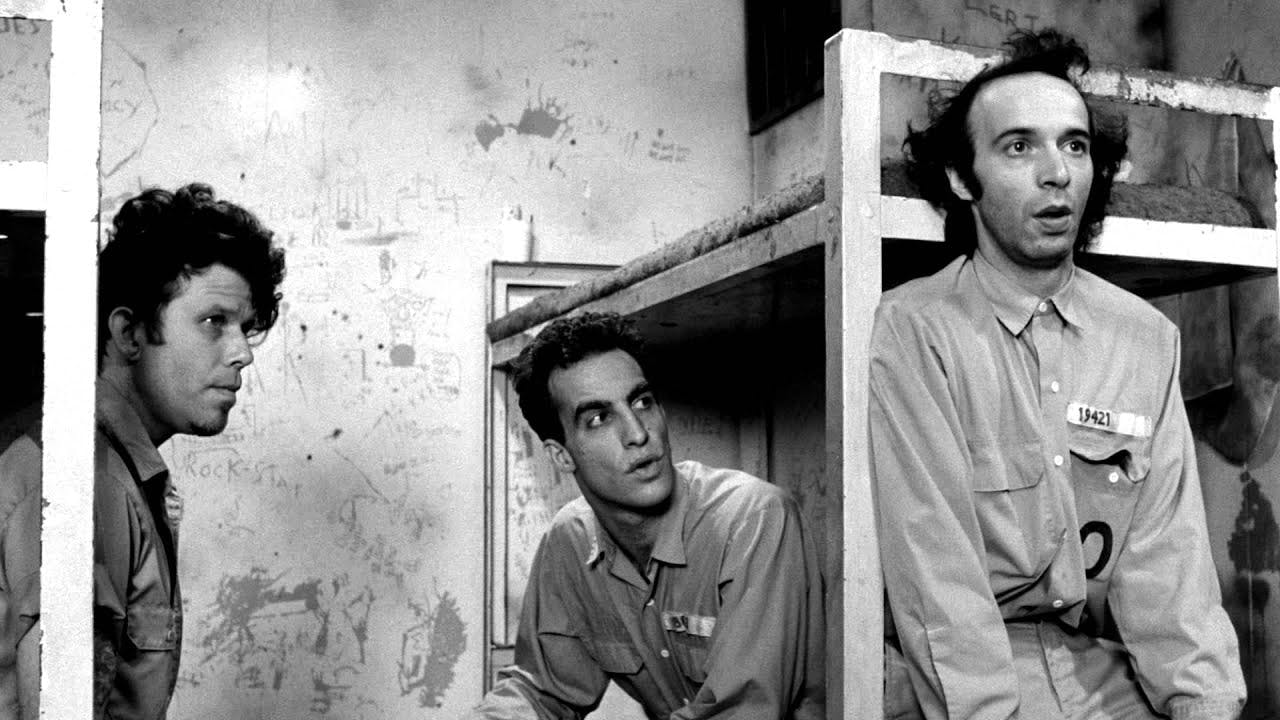
If you’re a viewer willing to explore these unknown territories, you can discover a cinema with a wealth of musical references, with musicians seconded to cinema, and actors seconded to music. Music is vital to Jarmusch. It can make us enter a film, give it a title and adapt to the mood of the character, using a wide variety of sounds, from the gravelly voice of Tom Waits to the scores of Gustav Mahler. Music as a poetic representation of the world, instrument of a cinema that is independent and therefore open to the unknown, to what may lie beyond the confines of Hollywood and the United States. Is there any point in an art that is purely national or regional? For Jarmusch the answer is a resounding “No!”. His cinema involves artists who are American, African, Asian, and European – especially Spanish, Italian, and French artists who are often invited to express themselves in their mother tongues, as if these languages could contribute to the musicality of his films as well as to their multiculturalism. And music is always an inclusive, enthralling, universal language, right from the time of Down by Law, the first film in which Jarmusch gave it a leading role.
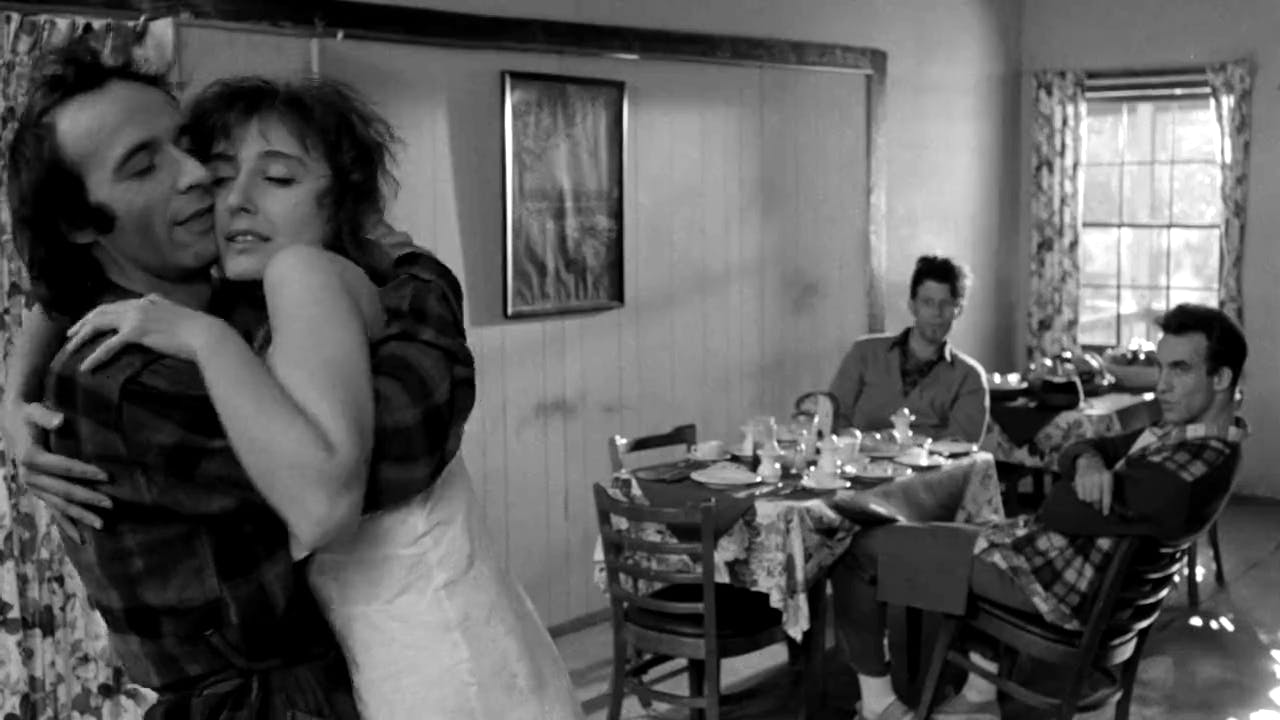
While Jarmusch’s first two films are the equivalent of successful student films with a poetry that is still in flux, Down by Law saw the director using music to modulate the mood of the film and his poetic register. The story opens and closes with the voice of Tom Waits in Jockey Full of Bourbon and Tango Till They’re Sore, respectively: the first is a shanty-like ballad accompanying a tracking shot through the streets of New Orleans, almost a foretaste of the ebullient tale we are about to witness while the second is strongly influenced by the typical sounds of the birthplace of jazz. Waits and Jarmusch had first met six years earlier at a party held by Jean-Michel Basquiat. Two outsiders immediately drawn to each other, with their passion for music and interest in eccentric characters to get to know and describe. Their encounter marked the birth of an unbreakable bond. It seems only natural that Jarmush would find himself in tune with Roberto Benigni, who plays an exuberant character, a wild card who overturns the lives of the protagonists and the entire course of the film. The musicality of the Italian language soon clashes with the slang used by Waits and John Lurie (another actor/musician), giving rise to gags, misunderstandings, and, ultimately, an empathy going beyond origins and nationalities that produces the cultural melting pot so often resulting in the encounters with the other taking place in Jarmusch’s films. The music opening and closing Down by Law is absent for most of its duration, also because the protagonists end up in jail where they can no longer listen to it. Jarmusch makes us feel as if we are sharing their imprisonment: the only break is the encounter with Nicoletta, played by Nicoletta Braschi, who throws herself into a romantic slow dance with Benigni accompanied by It’s Raining by Irma Thomas.
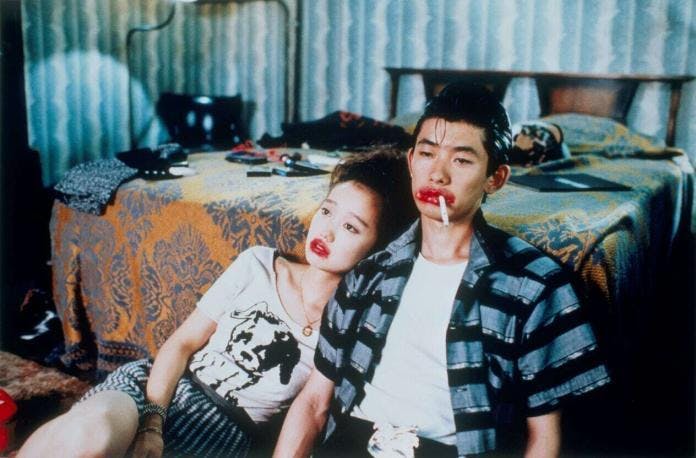
Mystery Train,1989
The next stop – literally – is Mystery Train, an explicitly musical film as revealed by the title taken from the song written by Junior Parker and Sam Phillips and interpreted by Parker himself but, above all, by Elvis Presley, effigy and ghost present throughout this film set in Memphis, where the stories of these three non-American characters overlap to the strains of the King of Rock and Roll,Roy Orbison, Rufus Thomas, and many more. This celebration of American music is filtered through a foreign gaze, providing an opportunity for Jarmusch to make his first foray into Japanese culture. The first story involves a young couple from Yokohama who are making a train trip that will become a pilgrimage to the city of Elvis, a cultural exchange that Jarmusch would propose again in several other films: just consider the atypical Samurai-type figure in Ghost Dog (accompanied by an orientalizing rap score by RZA) or the katana-wieldinggravedigger in The Dead don’t Die, played by a stunning Tilda Swinton.

Dead Man, 1995
Another fundamental musical milestone was his collaboration with Neil Young on the score of Dead Man, an acid Western with experimental music, improvised by Neil Young in the studio, while watching the final cut of the film. A continual re-arrangement of the same piece that accompanies the events experienced by William Blake (Johnny Depp), who meets a series of characters, including Iggy Pop. Iggy reappears in Coffee and Cigarettes (2003), a collection of short stories, all of which share the common thread of coffee and cigarettes. There are too many tracks to mention so I will limit myself to the opening and closing song, which is Louie Louie by Richard Berry; we first hear it sung by Berry and the Pharaohs, and again in the closing credits by Iggy Pop, who engages in conversation with Tom Waits, resulting in one of the most “Jarmuschesque” moments of the entire Jarmusch filmography: Pop and Waits, each playing themselves, light up because they have quit so can finally smoke a cigarette! Paradoxes of a short film – Coffee and Cigarettes: Somewhere in California – winner of a Golden Palm at the 1993 Cannes Film Festival to which Jarmusch would add numerous scenes ten years later to produce a feature-length film celebrating the generation of coffee and cigarettes. He seems to suggest that they are both fuels for brilliant, slightly over-the-top minds.
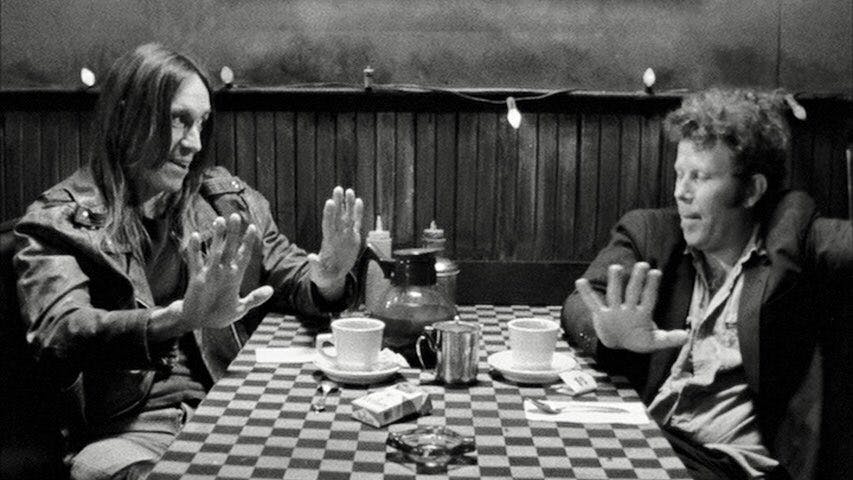
Coffee and Cigarettes: Somewhere in California, 1993
In 2013, he made Only Lovers Left Alive, a love story about two jaded vampires, Adam (Tom Hiddleston) and Eve (Tilda Swinton), who seek to avoid killing defenceless humans while meeting their need for fresh blood. Adam fills his centuries on earth with his passion for music and for guitars, of which he owns dozens, some of which belonging to the great musicians of the past. Music, which is omnipresent throughout the film, represents Adam’s last connection to life, a source of meaning that seems not to suffice but that is always a fount of salvation: a moving song performed by the Lebanese singer Yasmine Hamdan transports him, and us with him, into a tragic, passionate, and very human dimension – paradoxically for a vampire – that keeps him connected to life and to his love for Eve. So music as a source of salvation, allowing us to travel in time and imagine better times.
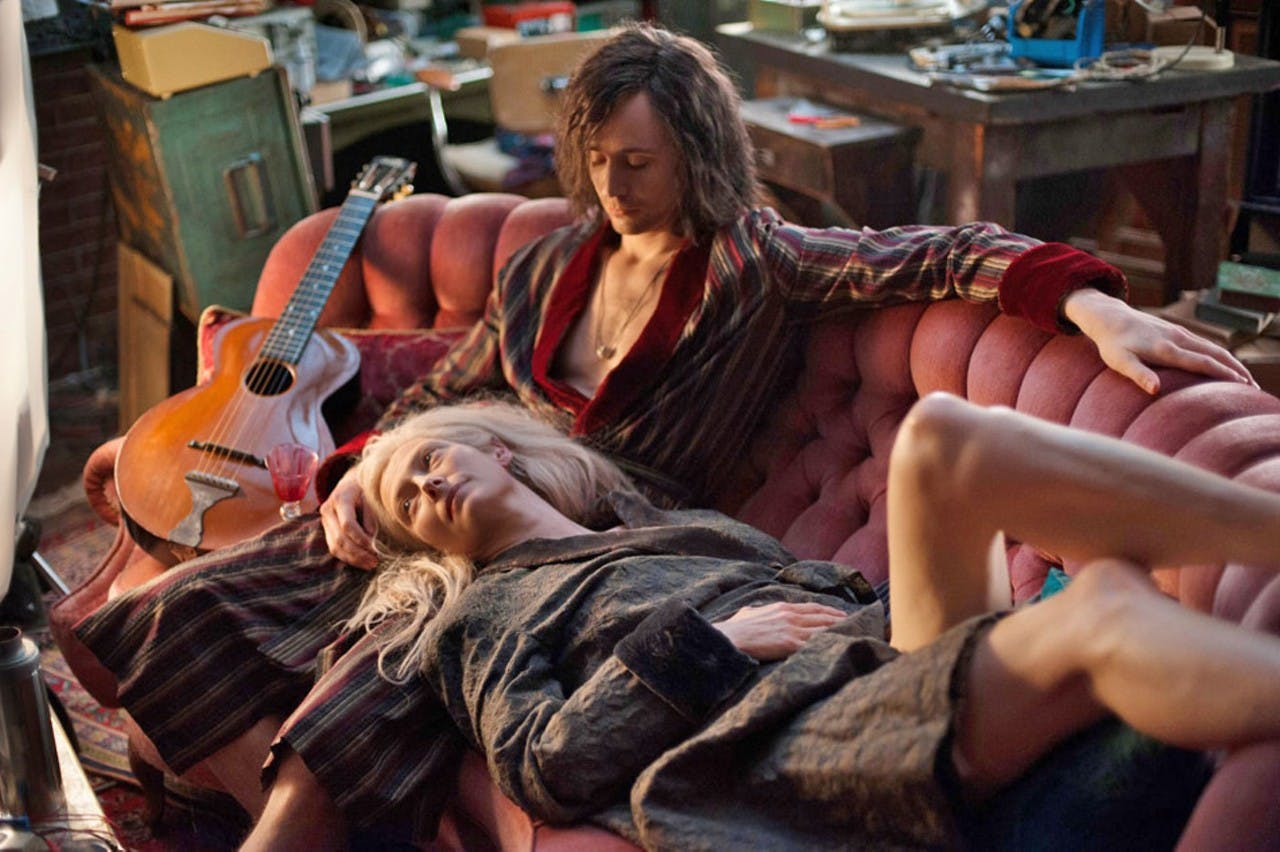
Only Lovers Left Alive, 2013
Most of the soundtrack is by SQÜRL, a duo made up of Jim Jarmusch and his close friend Carter Logan, that also features in the pure meta-cinema of The Dead don’t Die, a zombie movie that is a reflection upon contemporary society; one of the protagonists claims to be familiar with the script of the film because he read it beforehand and with the soundtrack, “’cause it’s the theme song”. In fact, the theme song of The Dead don’t Die is by Sturgill Simpson, an American country music singer-songwriter, who wrote and sang this piece, which constantly reappears throughout the film, on the radio, and as an LP. A premonitory piece that is a pleasant accompaniment for Adam Driver’s character, who has read the script, while for Bill Murray, who is oblivious to the gruesome story he is about to experience, it gradually becomes unbearable.